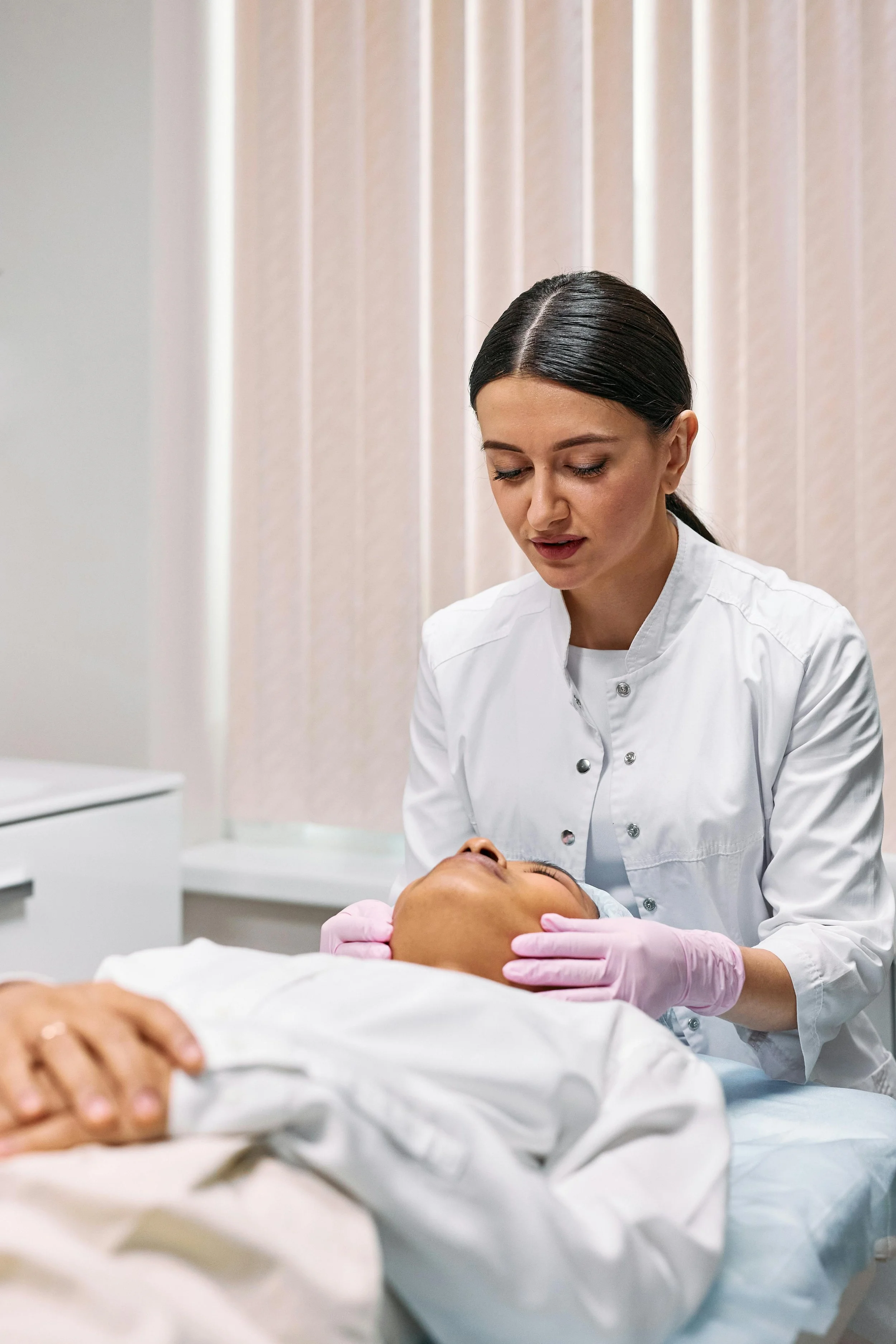Filler in South Bend
Filler in South Bend
Preventing Complications from Dermal Fillers
As the popularity of dermal fillers continues to rise, understanding how to manage and prevent complications is essential for both practitioners and patients. Dermal fillers, commonly used for aesthetic enhancements such as smoothing wrinkles and adding volume, can lead to various complications if not administered properly. This blog post will explore the most common complications associated with dermal fillers, effective prevention strategies, and management techniques to ensure optimal outcomes.
Common Complications of Dermal Fillers
Infections: Early infectious complications can present as localized skin infections or cellulitis. Bacterial colonization at the filler site may lead to chronic infections and biofilm formation, which are challenging to treat.
Granulomas: These are inflammatory reactions that can occur in response to the filler material, often presenting as lumps or nodules beneath the skin.
Vascular Compromise: This serious complication occurs when blood vessels are obstructed during injection, potentially leading to tissue necrosis. Signs include pain, dusky coloration, or patchy purple areas on the skin.
Hypersensitivity Reactions: Some patients may experience allergic reactions, which can manifest as swelling or redness at the injection site.
Prevention Strategies
To minimize the risk of complications, practitioners should adhere to the following best practices:
Thorough Patient Assessment: A detailed medical history is crucial. This includes previous filler experiences, history of allergies, and any underlying health conditions that may predispose patients to complications.
Sterile Technique: Maintaining a sterile environment during procedures helps reduce the risk of infections. Proper cleansing of the injection site with antiseptics like chlorhexidine gluconate is recommended.
Understanding Facial Anatomy: Knowledge of facial anatomy is vital for safe injection practices. Practitioners should be well-versed in the vascular structures beneath the skin to avoid vascular compromise.
Post-Procedure Monitoring: Regular follow-ups after injections can help identify any early signs of complications, allowing for prompt intervention.
Management of Complications
In the event that complications arise, timely management is essential:
Infections: If an infection occurs, it may require antibiotic treatment. In severe cases, cultures may be necessary to determine the appropriate antibiotic therapy.
Granulomas: Treatment options include corticosteroids or surgical intervention if necessary. Hyaluronidase may be used for hyaluronic acid fillers to dissolve excess material causing lumps.
Vascular Compromise: Immediate action is critical; practitioners may need to administer hyaluronidase or perform massage techniques to alleviate symptoms and restore blood flow.
Conclusion
Managing and preventing complications from dermal fillers requires a comprehensive approach that includes thorough patient assessment, adherence to sterile techniques, and continuous education on potential risks. By prioritizing patient safety and employing effective management strategies, practitioners at Candescent Health and Wellness in South Bend can ensure positive outcomes for their clients seeking aesthetic enhancements.
Candescent Health & Wellness
2104 Ironwood Circle
South Bend, IN 46635
Phone: (574) 334-7444
https://www.candescent.health

